Passive Solar Water Heater
Passive solar water heaters rely on gravity and the tendency for water to naturally circulate as it is heated.
Passive solar water heater systems contain no electrical components, are generally more reliable, easier to maintain, and possibly have a longer work life than active solar water heater systems.
The two most popular types of passive solar water heater systems are: Integral-Collector Storage (ICS) and Thermo syphon systems.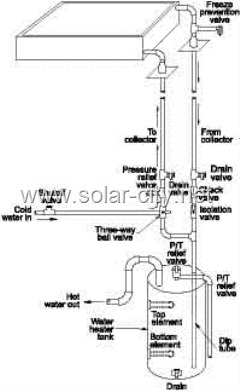
In an integral collector storage system, the hot water storage system is the collector. Cold water flows progressively through the collector where it is heated by the sun.
Hot water is drawn from the top, which is the hottest, and replacement water flows into the bottom. This system is simple because pumps and controllers are not required.
On demand, cold water from the building flows into the collector and hot water from the collector flows to a standard hot water auxiliary tank within the building.
A flush‐type freeze protection valve is installed in the top piping near the collector.
As temperatures near freezing, this valve opens to allow relatively warm water to flow through the collect to prevent freezing.
In areas of the country, the thermal mass of the large water volume within the integral collector storage collector provides a means of freeze protection.

-->
As the sun shines on the collector, the water inside the collector flow‐ tubes is heated. As it heats, this water expands slightly and becomes lighter than the cold water in the solar storage tank mounted above the collector. Gravity then pulls heavier, cold water down from the tank and into the collector inlet. The cold water pushes the heated water through the collector outlet and into the top of the tank, thus heating the water in the tank.
In a thermosiphon system there is no need for a circulating pump and controller. Potable water flows directly to the tank on the roof. Solar heated water flows from the rooftop tank to the auxiliary tank installed at ground level whenever water is used with the building.
The thermosiphon system features a thermally operated valve that protects the collector from freezing. It also includes isolation valves, which allow the solar system to be manually drained in case of freezing conditions, or to be bypassed completely.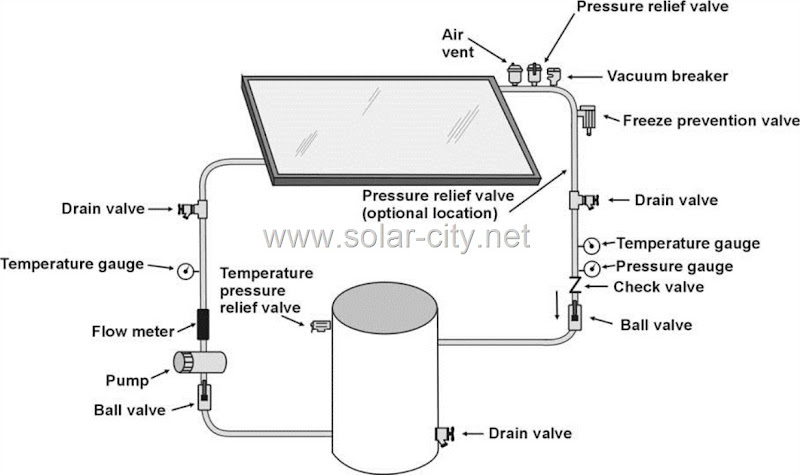
PRESSURE GAUGE
Is used in indirect systems to monitor pressure within the fluid loop. In both direct and indirect systems, such gauges can readily indicate if a leak has occurred in the system plumbing.VACUUM BREAKERAdmits atmospheric pressure into system piping, which allows the system to drain. This valve is usually located at the collector outlet plumbing but also may be installed anywhere on the collector return line. The vacuum breaker ensures proper drainage of the collector loop plumbing when it is either manually or automatically drained. A valve that incorporates both air vent and vacuum breaker capabilities is also available.ISOLATION VALVESThese valves are used to manually isolate various subsystems. Their primary use is to isolate the collectors or other components before servicing.
DRAIN VALVES
Used to drain the collector loop, the storage tank and, in some systems, the heat exchanger or drain-back reservoir. In indirect systems, they are also used as fill valves. The most common drain valve is the standard boiler drain or hose bib.
CHECK VALVES
Allow fluid to flow in only one direction. In solar systems, these valves prevent thermosiphoning action in the system plumbing. Without a check valve, water that cools in the elevated (roof-mounted) collector at night will fall by gravity to the storage tank, displacing lighter, warmer water out of the storage tank and up to the collector. Once begun, this thermosiphoning action can continue all night, continuously cooling all the water in the tank. In many cases, it may lead to the activation of the back-up-heating element, thereby causing the system to lose even more energy.
FREEZE-PROTECTION VALVES
Are set to open at near freezing temperatures, and are installed on the collector return line in a location close to where the line penetrates the roof.
Warm water bleeds through the collector and out this valve to protect the collector and pipes from freezing. A spring-loaded thermostat or a bimetallic switch may control the valve.TEMPERATURE GAUGESProvide an indication of system fluid temperatures.
A temperature gauge at the top of the storage tank indicates the temperature of the hottest water available for use.
Temperature wells installed at several points in the system will allow the use of a single gauge in evaluating system operation.
Passive solar water heater systems contain no electrical components, are generally more reliable, easier to maintain, and possibly have a longer work life than active solar water heater systems.
The two most popular types of passive solar water heater systems are: Integral-Collector Storage (ICS) and Thermo syphon systems.

In an integral collector storage system, the hot water storage system is the collector. Cold water flows progressively through the collector where it is heated by the sun.
Hot water is drawn from the top, which is the hottest, and replacement water flows into the bottom. This system is simple because pumps and controllers are not required.
On demand, cold water from the building flows into the collector and hot water from the collector flows to a standard hot water auxiliary tank within the building.
A flush‐type freeze protection valve is installed in the top piping near the collector.
As temperatures near freezing, this valve opens to allow relatively warm water to flow through the collect to prevent freezing.
In areas of the country, the thermal mass of the large water volume within the integral collector storage collector provides a means of freeze protection.

-->
As the sun shines on the collector, the water inside the collector flow‐ tubes is heated. As it heats, this water expands slightly and becomes lighter than the cold water in the solar storage tank mounted above the collector. Gravity then pulls heavier, cold water down from the tank and into the collector inlet. The cold water pushes the heated water through the collector outlet and into the top of the tank, thus heating the water in the tank.
In a thermosiphon system there is no need for a circulating pump and controller. Potable water flows directly to the tank on the roof. Solar heated water flows from the rooftop tank to the auxiliary tank installed at ground level whenever water is used with the building.
The thermosiphon system features a thermally operated valve that protects the collector from freezing. It also includes isolation valves, which allow the solar system to be manually drained in case of freezing conditions, or to be bypassed completely.

PRESSURE GAUGE
Is used in indirect systems to monitor pressure within the fluid loop. In both direct and indirect systems, such gauges can readily indicate if a leak has occurred in the system plumbing.VACUUM BREAKERAdmits atmospheric pressure into system piping, which allows the system to drain. This valve is usually located at the collector outlet plumbing but also may be installed anywhere on the collector return line. The vacuum breaker ensures proper drainage of the collector loop plumbing when it is either manually or automatically drained. A valve that incorporates both air vent and vacuum breaker capabilities is also available.ISOLATION VALVESThese valves are used to manually isolate various subsystems. Their primary use is to isolate the collectors or other components before servicing.
DRAIN VALVES
Used to drain the collector loop, the storage tank and, in some systems, the heat exchanger or drain-back reservoir. In indirect systems, they are also used as fill valves. The most common drain valve is the standard boiler drain or hose bib.
CHECK VALVES
Allow fluid to flow in only one direction. In solar systems, these valves prevent thermosiphoning action in the system plumbing. Without a check valve, water that cools in the elevated (roof-mounted) collector at night will fall by gravity to the storage tank, displacing lighter, warmer water out of the storage tank and up to the collector. Once begun, this thermosiphoning action can continue all night, continuously cooling all the water in the tank. In many cases, it may lead to the activation of the back-up-heating element, thereby causing the system to lose even more energy.
FREEZE-PROTECTION VALVES
Are set to open at near freezing temperatures, and are installed on the collector return line in a location close to where the line penetrates the roof.
Warm water bleeds through the collector and out this valve to protect the collector and pipes from freezing. A spring-loaded thermostat or a bimetallic switch may control the valve.TEMPERATURE GAUGESProvide an indication of system fluid temperatures.
A temperature gauge at the top of the storage tank indicates the temperature of the hottest water available for use.
Temperature wells installed at several points in the system will allow the use of a single gauge in evaluating system operation.

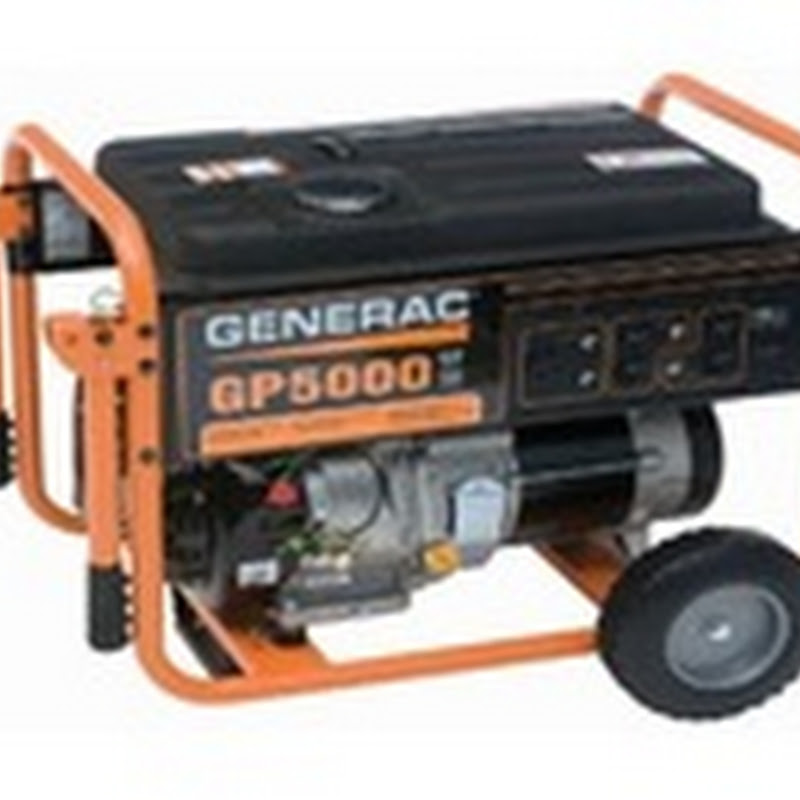

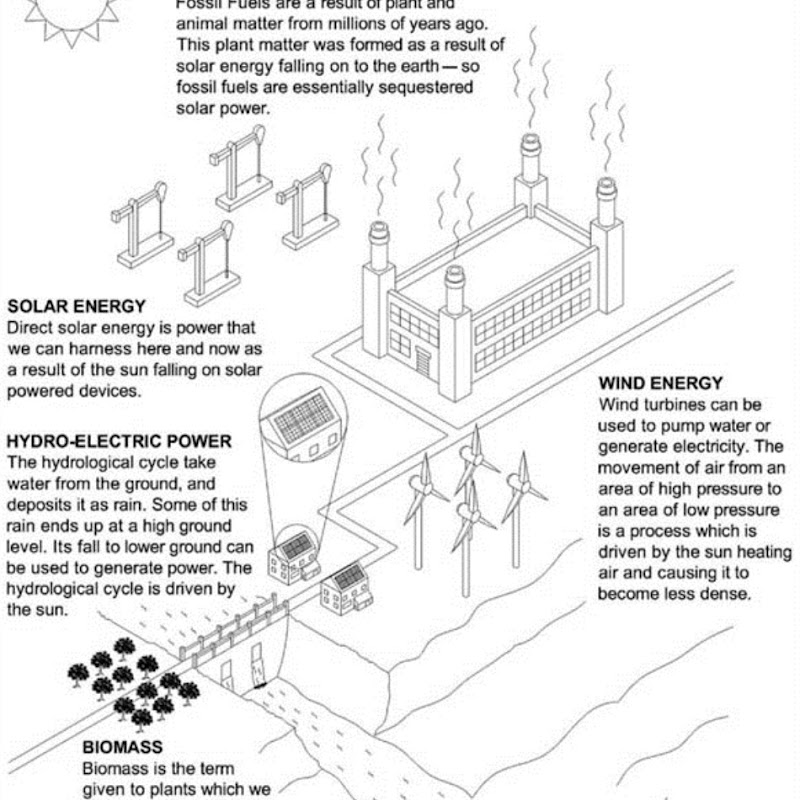
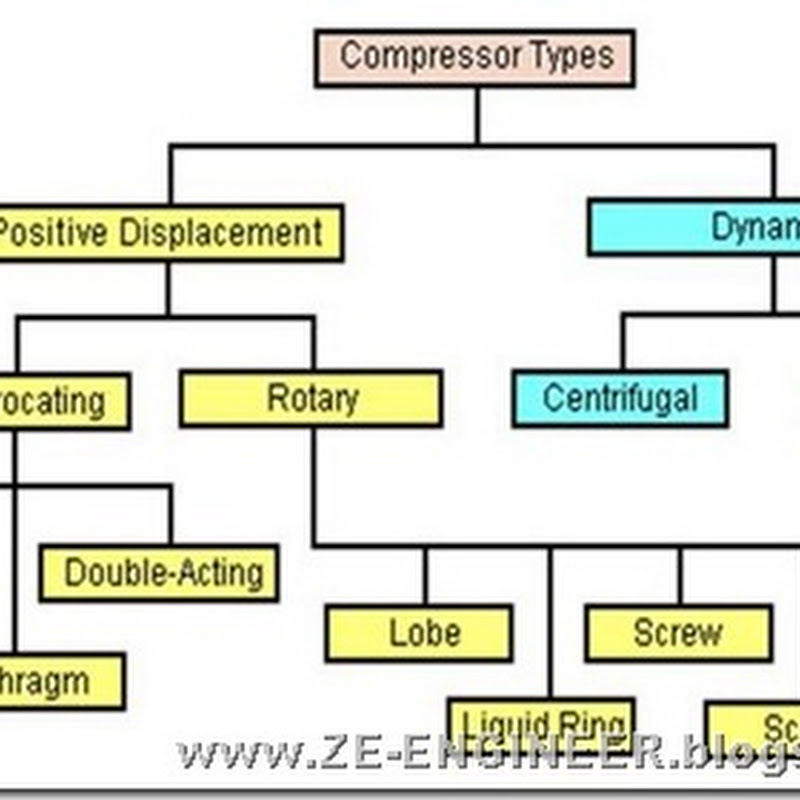
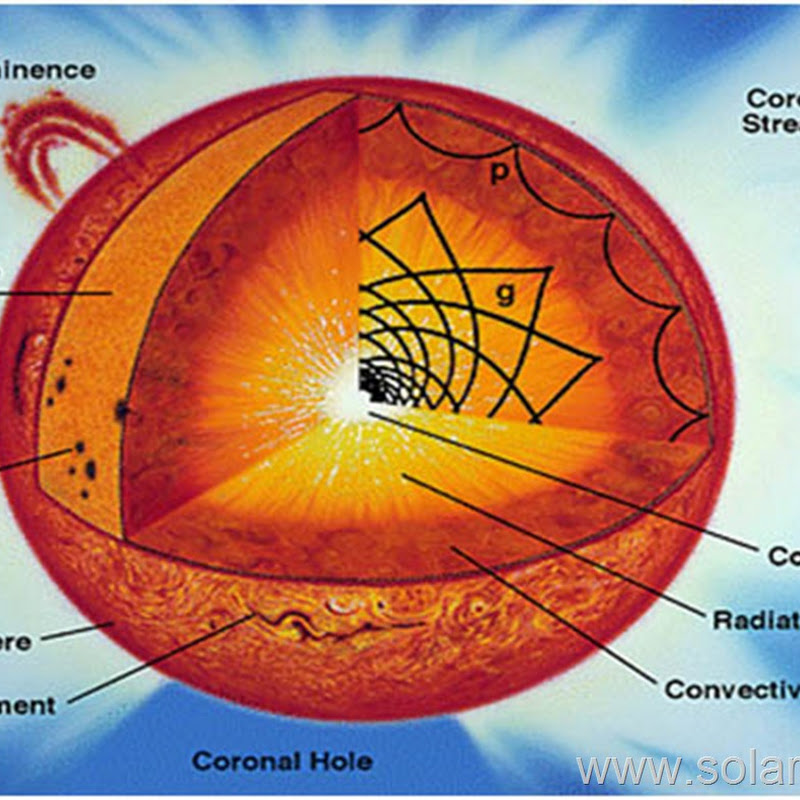

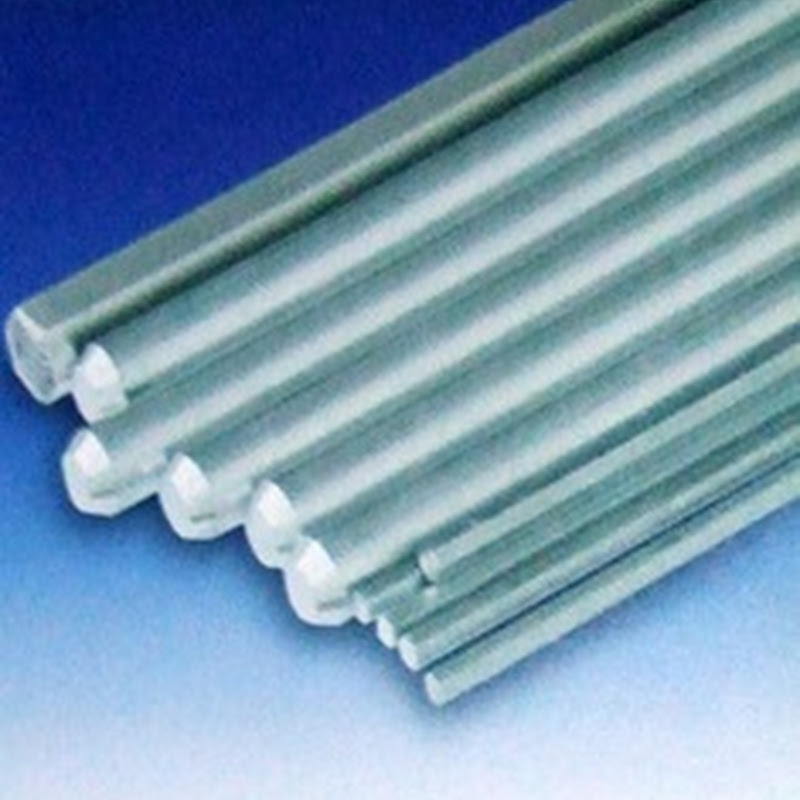
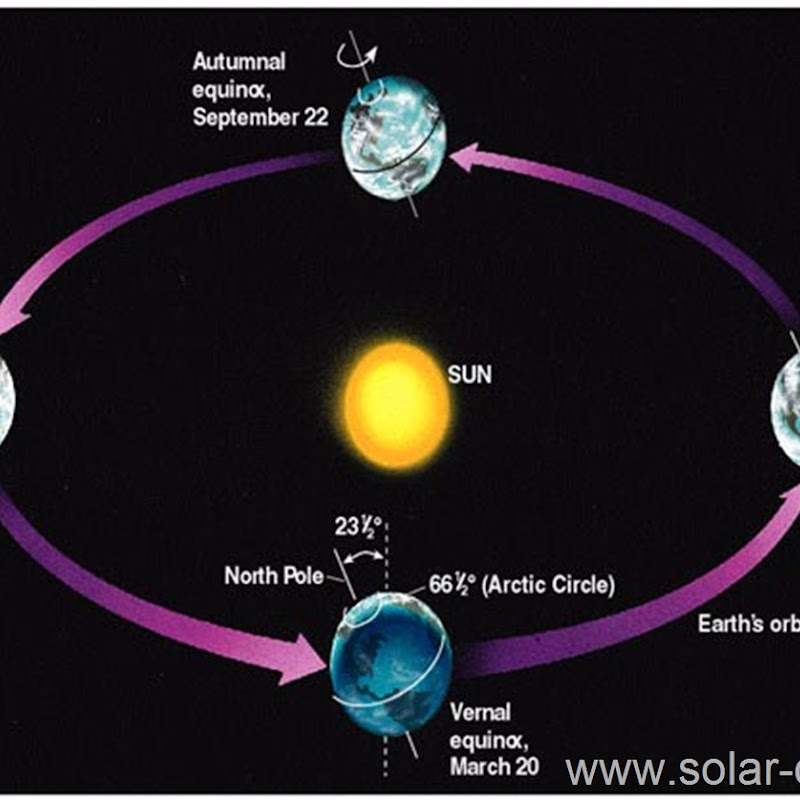
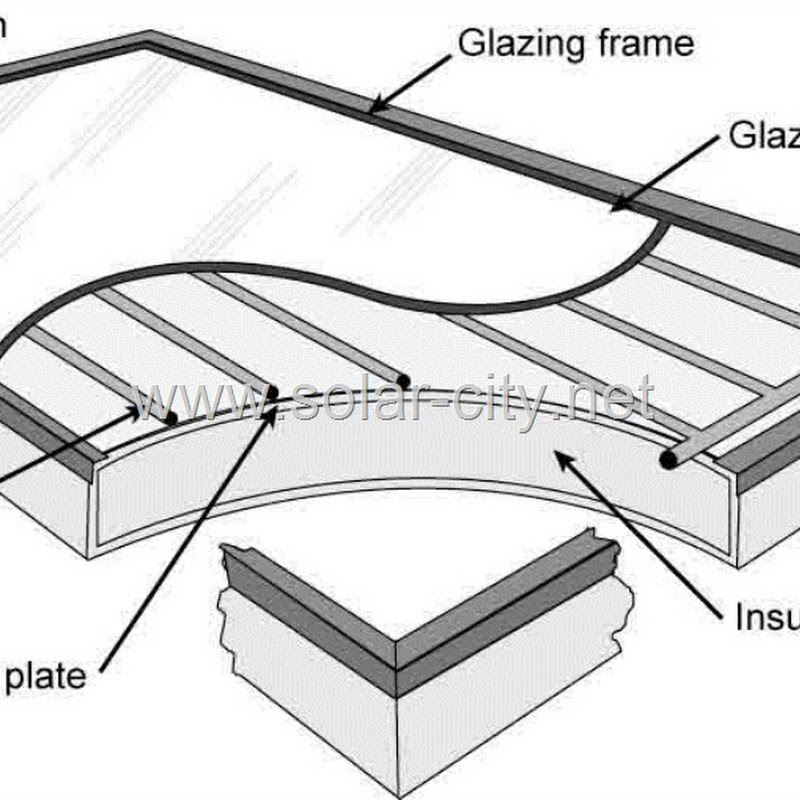

0 التعليقات: